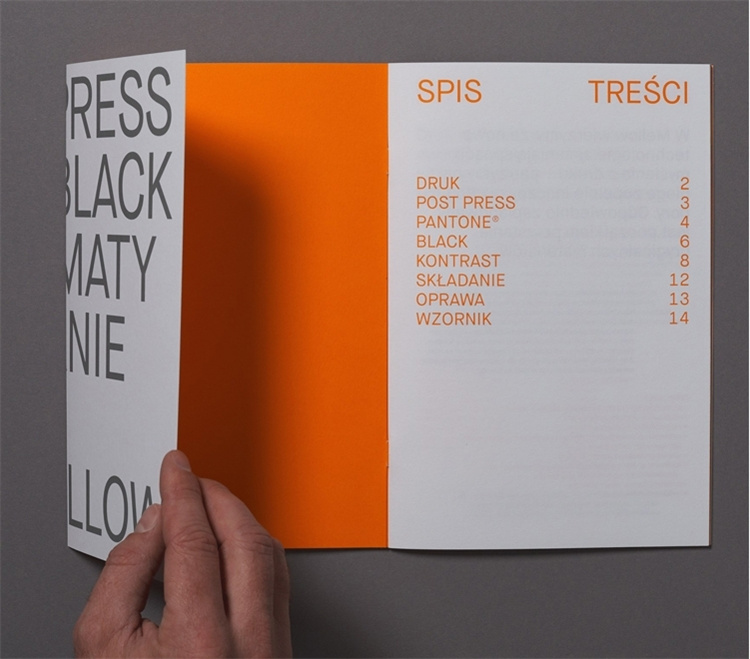If customers need custom book printing or other custom printed products, they need to pay attention to some printing standards when designing. Otherwise, they will not find problems until printing, and temporary changes will be required, which will bring unnecessary trouble and increase workload. Because many customers do not know much about the China print process, as a professional printing company, it is necessary to inform customers about the precautions for printing documents in time. And when the client sent the manuscript, it must be finalized to prevent random additions, deletions, or modifications to the final manuscript.

Common requirements for documents of design printed are as follows:
1. Document requirements
(1) No matter which software you use, please design in CMYK mode. If you use RGB mode, when you switch to CMYK printing, the printed product will have a color change. If it is not spot color printing, please do not use spot color colors.
(2) The image resolution cannot be lower than 300DPI, except in special cases.
(3) After the design is finalized, please convert the text into a path before uploading. To avoid printing due to lack of fonts during printing.
(4) Please reserve a bleed of 3mm outside the size of the printed product, and the page elements should be more than 3mm away from the finished product line.
(5) For black text or lines, please use monochromatic black.
(6) For large areas of black, please use C40K100 to ensure black saturation. (except special design)
(7) The line width cannot be less than 0.08mm.
(8) Album files must have a clear order.
(9) If there are spot colors, hot stamping, local UV, die-cutting and other processes, they must be clear and can be separated.
(10)The serial number, table number, figure number, formula number, and page number of the book should be well connected without duplication or jumping numbers. The format, hierarchy, nouns, symbols, codes, and units of measurement must be unified. Contents and text titles, titles and content, text and illustrations, text and tables, echoing annotations and annotation content, graphic and word codes and legends, and content in the book correspond back and forth to avoid repetition and contradiction.
2. Printing requirements for common products
(1) Single page printing
When designing, the length and width should be 6mm longer than the finished product, so as to ensure 3mm bleeding on each of the four sides of the finished product. Such as the inner pages of books, posters, calendars, and folding pages are all done in the same way.
(2) Folding printing
Different folding methods affect the width of each fold, and the inner fold should be narrower.
(3) Album printing and catalogue printing
When making an Album or catalogue, a bleed of 3mm should be left on the three outer sides of each page. The thickness of the spine should be calculated for the perfect-bound album/catalogue and the seam-locked perfect-bound album. If there are many pages, it is best to design the content of the spine. The cover of the hardcover album should also consider the thickness of the cardboard and the size of the pasted part.
(4) Envelope printing
When designing the envelope, it is not only necessary to leave bleeding, but also to consider whether to insert a business card, and whether it will block the content after pasting.
(5) Tote bag printing
During the design of the tote bag, the adhesive interface should be left on the front side of the tote bag. When it is finished, the interface will be on the side of the tote bag. In addition, the important content should avoid the hole for threading the rope.
(6) Desk calendar printing
The design of the inner page of the desk calendar is the same as that of the single page, but the important content cannot be placed in the position of the connecting buckle; when designing the base of the desk calendar, the position of the folding line and the inner core of the desk calendar should be considered, and the important content should not be blocked.
(7) Book printing
a. The original manuscript should be complete (cover, inner cover, preface, table of contents, text, appendix, artwork, etc.), complete at one time.
b. The text of the entire manuscript is clearly and accurately; the annotations in the illustrations are clear and the pictures are clear and correct; the annotations throughout the book are clear; the chapters and sections are clearly structured and the format is standardized and unified.
c. Determine the number of pages to be printed according to the content to be printed, calculate the thickness of the spine (the thickness of the cardboard used for the cover should be considered) and make the content design.
d. Other special design ideas also need to be notified in advance to avoid failing to achieve the expected finished product effect.

